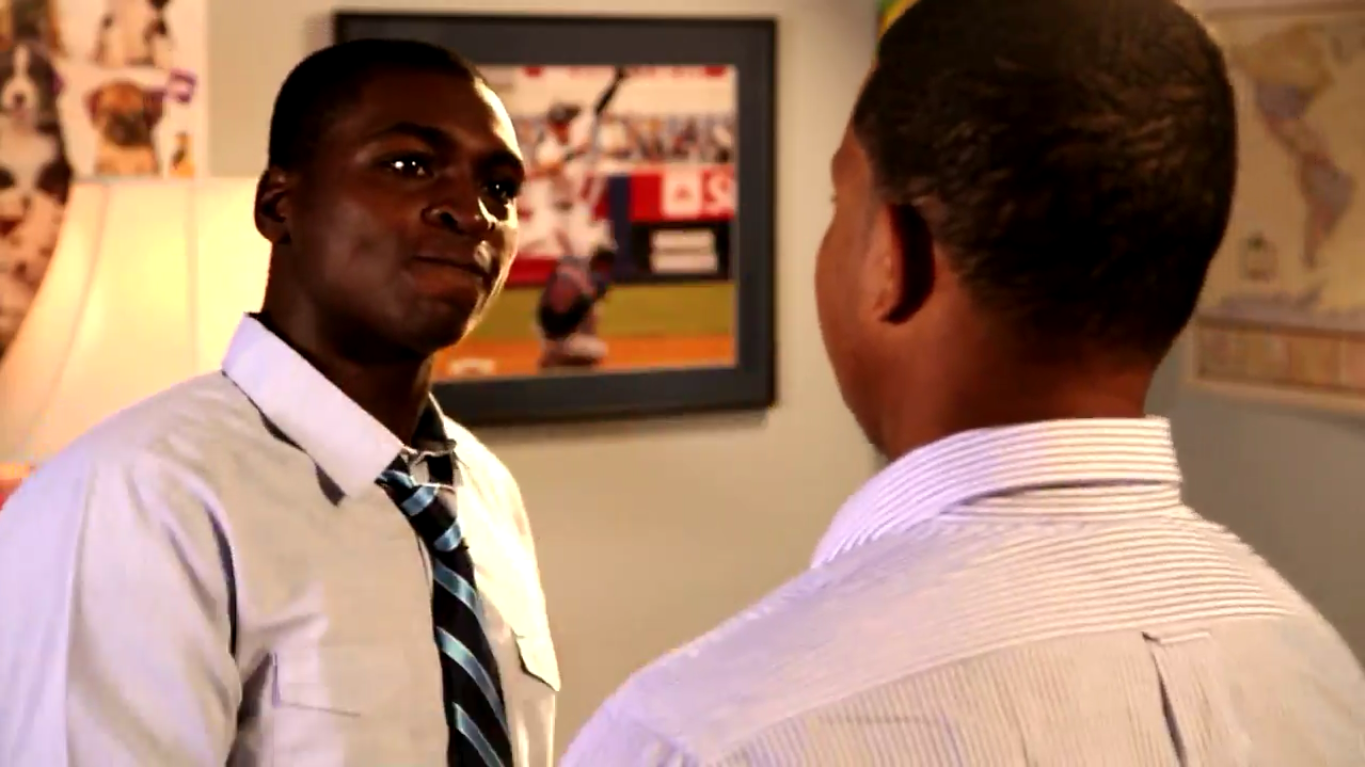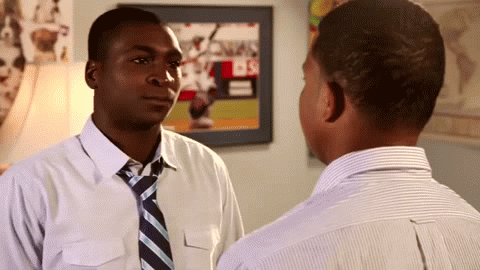Baseball Prospectus has traditionally been about the evaluation of baseball players more than anything else. In February, Rian Watt eloquently laid out his vision of how intersectionalist writing could be the way forward, but the nuts and bolts of the game will not be ignored, especially by places like BP.
What the “nut and bolts” tend to be more than anything else, is trying to figure out how valuable players, and the particular things they do, are. That’s because baseball is a game for rugged individualists, at least in practice if not in spirit.
In a way it’s kind of odd that a whole industry has popped up around arguing how good at baseball guys who are clearly incredibly good at baseball are. That’s a topic for another day, preferable broached by someone who doesn’t have a vested interest in the status quo like yours truly.
Let’s say we agree that the main function of sabermetric writing, as it is today, is to evaluate baseball players creatively. That definition is not particularly controversial, but it does have a nice little exploitable loophole. No one said that you have to evaluate baseball players on their abilities to play baseball.
Today, instead of going down that silly “baseball analysis” rabbit hole, we’ll take a look at the evaluating of something a little different: acting.
On Thursday the New York Yankees middle infield decided to dip their toes in thespian waters and re-enacted a famous scene from the 2008 classic Step Brothers.
You can watch the clip here. The scene that they’re attempting to recreate can be found here.
I will give you a moment to watch both clips. They are short and arguably worth your time. The timing of a Step Brothers re-enactment is curious considering the movie is neither recent nor an all-time great. It’s difficult to imagine exactly whose idea this was or how the cameras got rolling.
But since they did, let’s break it down. Baseball players are traditionally evaluated, at least initially, by their five tools, so it only fits that we should arbitrarily create five tools for acting to judge Didi Gregorius and Starlin Castro by: Stage presence, physicality, faithfulness to subject, voice and timing.
Without further ado, here’s how your 2016 Yankees middle infield looks in terms of acting potential, admittedly based on a small sample.
Stage Presence
If someone is uncomfortable on stage or in front of a camera it’s readily apparent to the audience and they too will become uncomfortable. There is no discipline where confidence is everything, but lack of confidence is more damaging in acting than almost anything else.
Gregorius
Now: 55
Future: 65
Gregorius appears very comfortable on camera and from the first time he appears on screen his shows solid fluidity both physically and vocally. The aging curve for stage presence is essentially a straight upward line as actors feel more at home in front of an audience the longer they walk the planks, so it’s fair to assume his future is bright.
Castro
Now: 40
Future: 50
You never feel worried that Castro is going to break during this scene, but it’s clear from the first moment that he’s playing second fiddle. It’s unclear at this point if the 26-year-old “has it” or not.
Physicality
Almost anyone can memorize and regurgitate lines. Often the difference between a star and a community theater regular is their ability to use their body alone to tell a story.
Gregorius
Now: 50
Future: 55
The Yankees shortstop’s performance is full of big movements, and it’s clear he’s attempting to further the narrative with more than just his words. However, sometimes these actions look slightly forced and over the top, such as his reaction to the fact both him and Castro would choose to be velociraptors above all other dinosaurs.
As a scout, my concern would be that Gregorius is going to have an unshakable tendency to try to do too much.
Castro
Now: 30
Future: 40
In sports like basketball and hockey we are often talking about what players do without the ball/puck. Similarly, it is important for actors to contribute even during other characters’ lines. Unfortunately, Castro has moments of blankness where he’s not offering enough of a reaction to what Gregorius is giving him:
It’s also worth noting that his arms are not shown on screen until the very end, which is indicative of a low-energy effort. Simply put Castro needs to move more.
However, he is emulating a deadpan-ish Will Ferrell character, so it’s fair to assume he has a little more in the tank.
Faithfulness to subject
This tool only applies in a literal way when actors are playing real people, but staying true to existing fiction characters is important as well. When Ben Affleck plays the role of Batman there are expectations for what that will look like. In this case, Gregorius and Castro are mimicking a very particular performance so it’s easy to see where they went right or wrong.
Gregorius
Now: 65
Future: 65
It’s very clear that Gregorius studied John C. Reilly’s performance carefully. Observe for instance his half of the famous “What!! Did we just become best friends?!?!” compared to the original.
Embodying someone else like this is really the most essential component of acting, and Gregorius gets it done here. Hard to see him improve on that.
Castro
Now: 30
Future: 30
Castro, on the other hand, seems to be playing the scene, not the character. As a result he doesn’t bring out the essence of Ferrell. For contrast here’s his side of the same line compared to Ferrell.
What Castro really lacks here is the urgency and intensity that informs Ferrell’s character in this moment as he realizes that he’s just made a new best friend. That’s too big of a thing to miss.
Voice
Whether someone has a good voice for acting is largely natural, but a voice can be trained. It’s probably safe to assume neither of the Yankees infielders have had training so this is just an evaluation of what their respective mothers gave them.
Gregorius
Now: 45
Future: 50
Gregorius has a crisp, enthusiastic timbre that is solid, if not overwhelmingly pleasing to the ear. His English is very good, but as it gets better he may unlock a little more potential in this area.
Castro:
Now: 35
Future: 50
Obviously having an accent is not indicative of having a poor acting voice in the slightest and no one should ever be criticized for a slight lack of fluency in what certainly isn’t their first language. However, Castro is undoubtedly a little stilted at this point, but with room for growth, perhaps as a deadpan artist.
Timing
While timing is most commonly associated with comedy, in ever kind of performance as pause that goes half a second too long, or a line that slightly cuts off another will be noticed. One of the biggest separators between the stars and the scrubs, and something that is largely intrinsic and rarely learned.
Gregorius
Now: 40
Future: 40
Arguably the weakest part of Gregorius’s performance. His reactions to lines are a little bit slow, in a scene that’s all about tempo. If there’s question about the young shortstop’s long-term potential as a performer it resides here.
Castro
Now: 55
Future: 55
Although it would be fair to call Castro’s performance a little undercooked in a variety of ways, he certainly hits his cues while letting lines breathe. You never notice any issue with the scene’s pacing that can be attributed to the second baseman.
So, if you’re in a dynasty league where you select baseball players for their potential as future actors, perhaps with IMDB credits or commercials counting for points, I would certainly recommend Gregorius in the middle rounds.
If you’re not, then you’re probably not much of a baseball fan.






